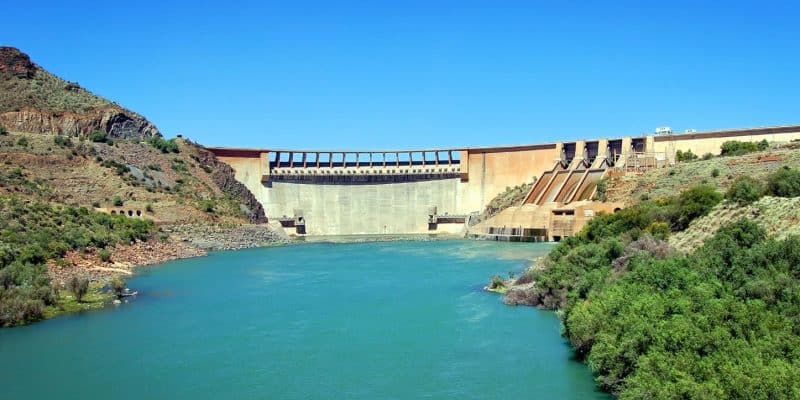In Kenya, the government intends to invest 389 billion Kenyan shillings (over $3 billion) to enhance food security over the next four years. The funds will be used to develop irrigation infrastructure in Kenya.
The funding was announced recently by Kenya’s Secretary of State for Water, Sanitation and Irrigation, Sicily Kariuki. It is 389 billion Kenyan shillings (over $3 billion) that will be released by the Kenyan government over the next four years to implement irrigation projects. The East African country is experiencing droughts that are wiping out its wildlife. For the Kenyan government, the objective is to support farmers in improving their agricultural yields by 2026.
The direct consequence is increased food insecurity. According to the United Nations (UN), 4.35 million people were already acutely food insecure in Kenya in 2022, with the most arid and semi-arid lands in the east and north of the country experiencing critical drought conditions. The organisation adds that at least 6.4 million people will need assistance in 2023.
Increasing the area of irrigated land by 202,343 hectares
The Kenyan government’s planned budget of $3 billion will be used to develop irrigation infrastructure and build water collection and storage facilities. In addition, technical and policy capacity will be strengthened for irrigation in Kenya. These works will increase the East African country’s irrigated land area by approximately 202,343 hectares, bringing its overall capacity to over 445,154 hectares. Currently, the country has over 271,139 hectares of irrigated land.
Read also – KENYA: $472 million emergency appeal to combat drought
All the work will be carried out under the Kenya National Irrigation Services Strategy, which also aims to identify the main constraints to irrigation development and management, and define interventions to address them. The approach, which is expected to benefit 2 million farmers, also aims to increase farmers’ adoption of irrigation.
Inès Magoum






